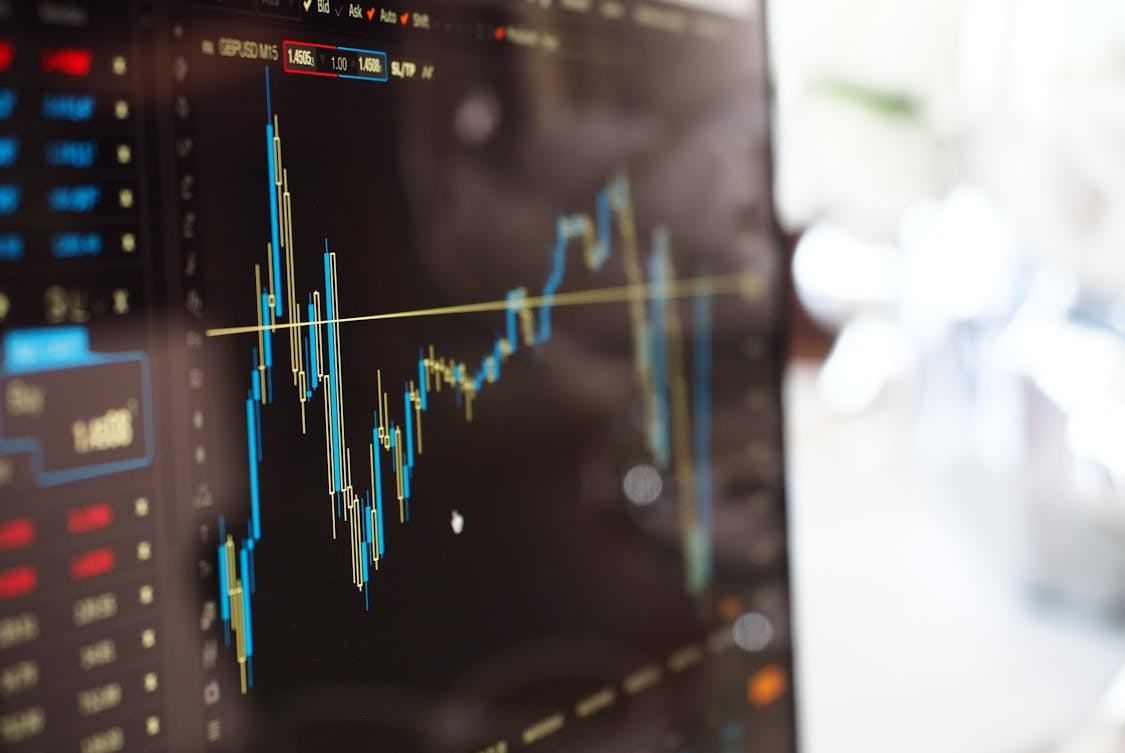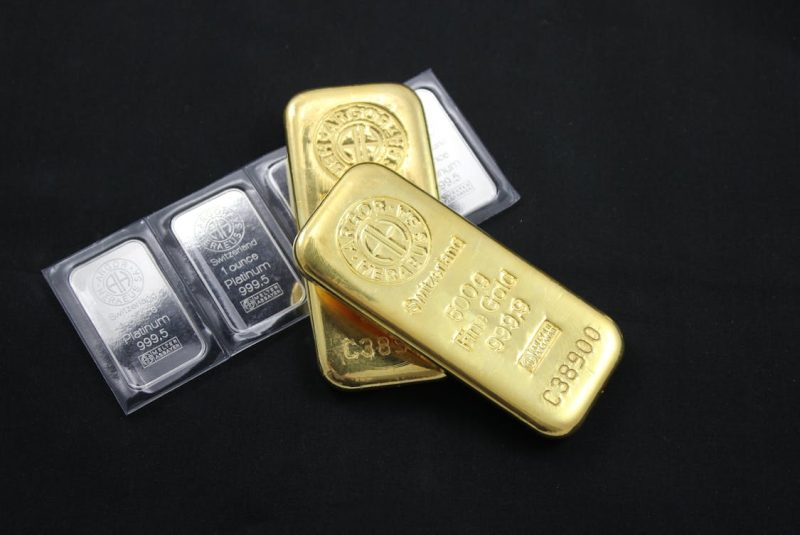The investment landscape continually shifts, and rare metals have gained significant attention lately. With their unique properties and essential roles in modern technology, many investors are contemplating whether these metals are a wise choice for their portfolios.
Analysts, each with their own perspectives, provide a nuanced view on this emerging market.
What Are Rare Metals?
Rare metals, often referred to as rare earth elements (REEs), consist of 17 distinct elements found in the periodic table. These include lanthanum, cerium, neodymium, and dysprosium, among others.
While not necessarily rare in terms of abundance in the Earth’s crust, the difficulty in extracting and processing these elements renders them less accessible.
These metals are vital in a multitude of high-tech applications, ranging from smartphones to electric vehicles and renewable energy technologies.
Their unique properties make them indispensable in the production of strong magnets, catalysts, and specialized glass.
The Global Demand Surge
The demand for rare metals has surged in recent years, driven largely by advancements in technology and a growing focus on renewable energy solutions.
As electric vehicles become more mainstream and industries pivot toward greener technologies, the reliance on these metals is expected to increase.
Analysts note that countries aiming for energy independence are also investing heavily in local production of rare metals. This trend could lead to a more stable market, making these metals potentially more attractive to investors.
Market Volatility: A Double-Edged Sword
Investing in rare metals comes with its fair share of volatility. Prices can swing dramatically based on geopolitical events, trade policies, and supply chain disruptions.
For example, a country that controls a significant portion of the global supply can influence market prices through export restrictions or production quotas.
While volatility can present opportunities for savvy traders, it can also pose risks that some investors may prefer to avoid. A cautious approach may be wise for those considering entering this market.
Supply Chain Challenges
The supply chain for rare metals faces several challenges. Extraction and processing are often concentrated in specific regions, which can lead to bottlenecks. China, for instance, dominates the rare earth market, controlling approximately 60% of global production.
Restrictions on exports from such regions can result in sudden price hikes and availability issues. For investors, this unpredictability adds another layer of complexity when assessing the potential for long-term gains.
Environmental Concerns
Another significant factor influencing the investment landscape for rare metals is environmental impact. Mining and processing these metals can have detrimental effects on ecosystems.
As awareness of these issues grows, companies may face increased scrutiny and regulatory hurdles.
Investors should keep an eye on companies that prioritize sustainable practices, as they may be better positioned in the long run. The shift toward green technologies creates both opportunities and responsibilities for those involved in the rare metals market.
Geopolitical Factors at Play
Geopolitical tensions can dramatically influence the rare metals market. Countries may impose tariffs or sanctions that disrupt supply chains and lead to market instability.
The ongoing trade tensions between major economies are a prime example of how external factors can drastically affect prices and availability.
Investors need to remain aware of global events that could impact the rare metals market. A sudden change in policy or relations between countries can create both risks and opportunities for those invested in this sector.
Technological Innovations Driving Value
Technological advancements are also playing a significant role in the rare metals market. Innovations in extraction and processing techniques can lead to more sustainable and cost-effective methods of obtaining these materials.
Moreover, the development of new applications for rare metals continues to expand. For instance, research into alternative materials may lessen dependency on certain rare metals, impacting their long-term viability in the market.
Investment Vehicles for Rare Metals

Investors interested in rare metals have various avenues available. Options range from direct investment in physical metals to exchange-traded funds (ETFs) that track the performance of companies involved in mining and production.
Another option is investing in mining stocks. Many companies mine for rare metals, and their stock performance can reflect broader market trends.
Each investment vehicle comes with its unique set of risks and rewards, which investors must carefully weigh.
If you’re exploring entry points into this dynamic sector, Money Metals Exchange offers resources and products that may align with your investment goals.
Risk Management Strategies
For those considering investing in rare metals, a robust risk management strategy is essential. Diversifying within the sector can help mitigate potential losses.
Holding a combination of physical metals, stocks, and ETFs may provide a balanced approach.
Additionally, investors should stay informed about market trends and geopolitical developments that could impact their investments. Knowledge is power in any investment strategy, and being prepared can make a significant difference in outcomes.
Expert Opinions on Future Potential
Experts provide mixed opinions on the long-term attractiveness of rare metals as an investment. Some analysts are optimistic, citing increasing demand driven by technological advancements and the move toward green energy.
They argue that the market will stabilize as more companies prioritize sustainable practices and localized production.
Conversely, some analysts caution against overestimating the potential returns. They highlight the inherent risks associated with investing in a volatile market and the environmental concerns tied to mining operations. A more conservative approach may be advisable for risk-averse investors.
The Role of ETFs
Exchange-traded funds have gained popularity among investors looking to enter the rare metals market. These funds often provide diversified exposure to a basket of companies involved in mining and processing rare metals.
ETFs can serve as a less risky alternative to individual stocks, providing instant diversification. However, it’s essential to scrutinize the underlying assets and fees associated with each fund, as these factors can impact overall returns.








